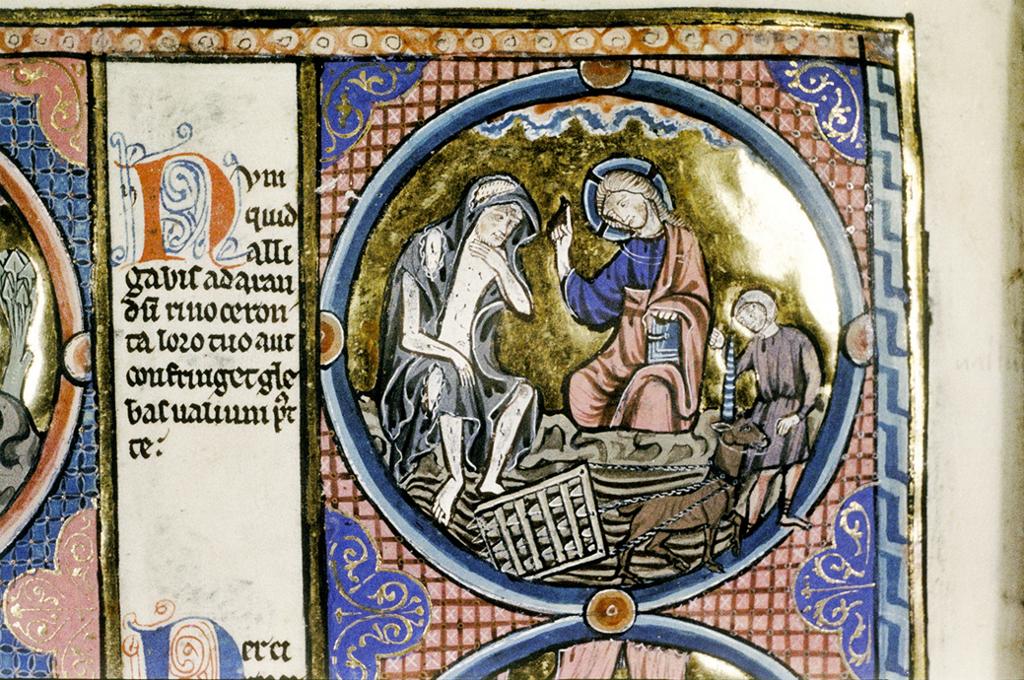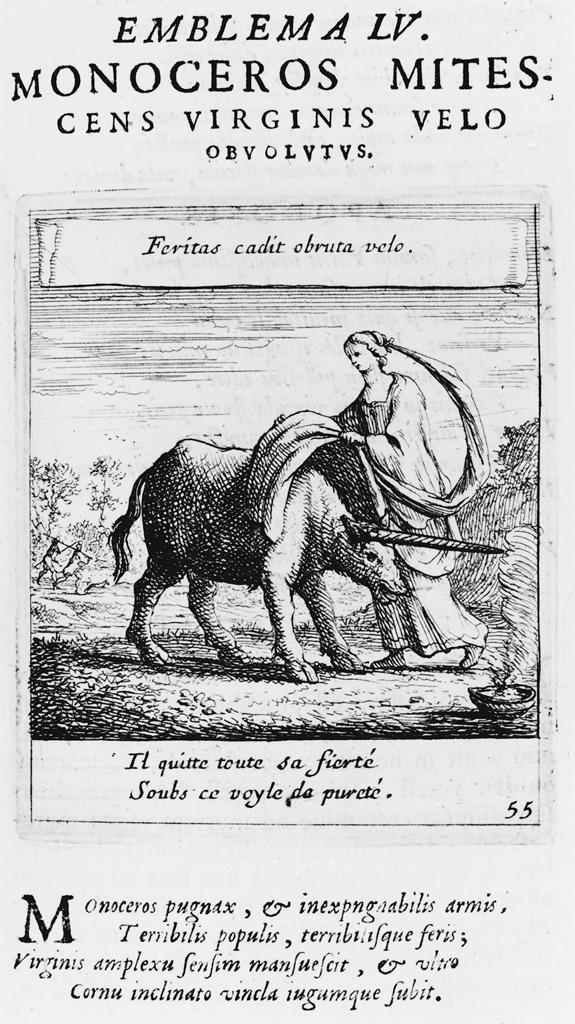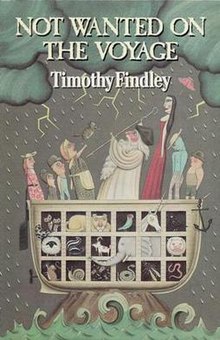If you’ve done any reading on unicorns, you will see references to the unicorn of the bible. No…we are not talking about the allegorical works of art that portray Jesus as a unicorn. We’re talking about very literal mentions of unicorns in the Bible.
Like this illustration of Job 39:9-12 (the brown unicorn is in the bottom of the circle):

Bible moralisée, part I., Folio #: fol. 223v. Paris. c.1235-45. Bodleian Library, University of Oxford, http://www.bodley.ox.ac.uk/.
What’s going on? If you need backstory…(What’s going on: God and Satan have a bet going to see if Job will remain faithful to God no matter what horrible horrible stuff happens to him. After lots of suffering, Job finally declares that it’s not fair, since he’s been obedient and “Oh that one would hear me! behold, my desire is, that the Almighty would answer me” [Job 31:35]. God answers.) In a showstopping speech, God outlines just how untamable and awesome He is. Comparing His mightiness to Job’s paltry humanity, He announces:
Will the unicorn be willing to serve thee, or abide by thy crib?
Canst thou bind the unicorn with his band in the furrow? or will he harrow the valleys after thee?
Wilt thou trust him, because his strength is great? or wilt thou leave thy labour to him?
Wilt thou believe him, that he will bring home thy seed, and gather it into thy barn?
Wait! But unicorns aren’t real (right?!), so how did this happen?
Medieval Europeans believed in unicorns because the Latin Vulgate translation of the Bible mentioned them. And of course, literal interpretations of the Bible can be fun if it means there are unicorns! These references to the unicorn were preserved in the most important English translation of the Christian sacred text, the King James Bible (published in 1611, during the time Shakespeare was writing his last plays). The King James Bible was the standard text for much of English-speaking Christianity up through to the twentieth century. So Biblical unicorns were around, even if people began to see them more symbolically as time went on.
In The Natural History of Unicorns Chris Lavers does a great job in unpacking the history of the Christian Biblical unicorn, tracing it back to Greek translators’ use of monoceros for the Hebrew re’em. The mono-ceros literally translated to one-horned or uni-cornus in Latin. Hence unicorn. But it also refers to the rhinoceros which is one-horned (or at least the Indian rhino is). BEHOLD THE RHINO UNICORN:

“Virgin and Unicorn.” Defensorium Inviolatae Virginitatis Beatae Mariae [Defense of the Inviolability of the Blessed Virgin Mary]. German woodcut. 1490. From The Illustrated Bartsch. Vol. 87, German Book Illustration before 1500: Anonymous Artists, 1489-1491.
Anyways, as Lavers explains, no one’s quite sure what a re’em actually was. Guesses include the auroch (a giant wild bull) or the Arabian sand gazelle (elegant and fleet-footed). But the decoding of the biblical unicorn is a rather recent exercise.
So strong is the association of unicorns with the Bible that they start to form associations with parts that never mention them
There’s a myth around Noah’s Ark and the unicorn that Paul and Karin Johnsgard’s Dragons and Unicorns: A Natural History (New York: St. Martins Press, 1984) identify as a Hebrew folktale (121). The myth goes something like this: Noah is getting his animal couples together and warning them about the flood. But the unicorns are vain and silly. They don’t take Noah seriously, so they get left behind and drown. And that’s why we no longer have unicorns.
Here is a song version for your delectation!
https://www.youtube.com/watch?v=_EPsuOEH1fY 
The Canadian author Timothy Findley wrote a grueling post-modernist novel about Noah and the Flood. In this version, the unicorn makes it onboard the Ark and then Bad Things Happen to it. That’s going to require an article of its own.
More Reading:
For an in-depth secular analysis of the re’em-monoceros-unicorn shift, read Chris Lavers’ chapter, “The Judaeo-Christian unicorn” in The Natural History of Unicorns (London: Granta, 2009).
If you want to dig deeper into Biblical unicorn references, Bible Gateway has a handy tool to compare different translations.
If you like the Noah myth and aren’t afraid of uncomfortable books, check out Timothy Findley’s Not Wanted on the Voyage (Toronto: Penguin Vintage Classics, 2006.)

I have an old Bible (I can’t remember the age exactly, I’d have to get it out and check) and it mentions the unicorn being too conceited to get on the Ark of Noah.. It’s the only Bible I have ever come across which mentions the Unicorn in the story of Noah’s Ark..
LikeLike